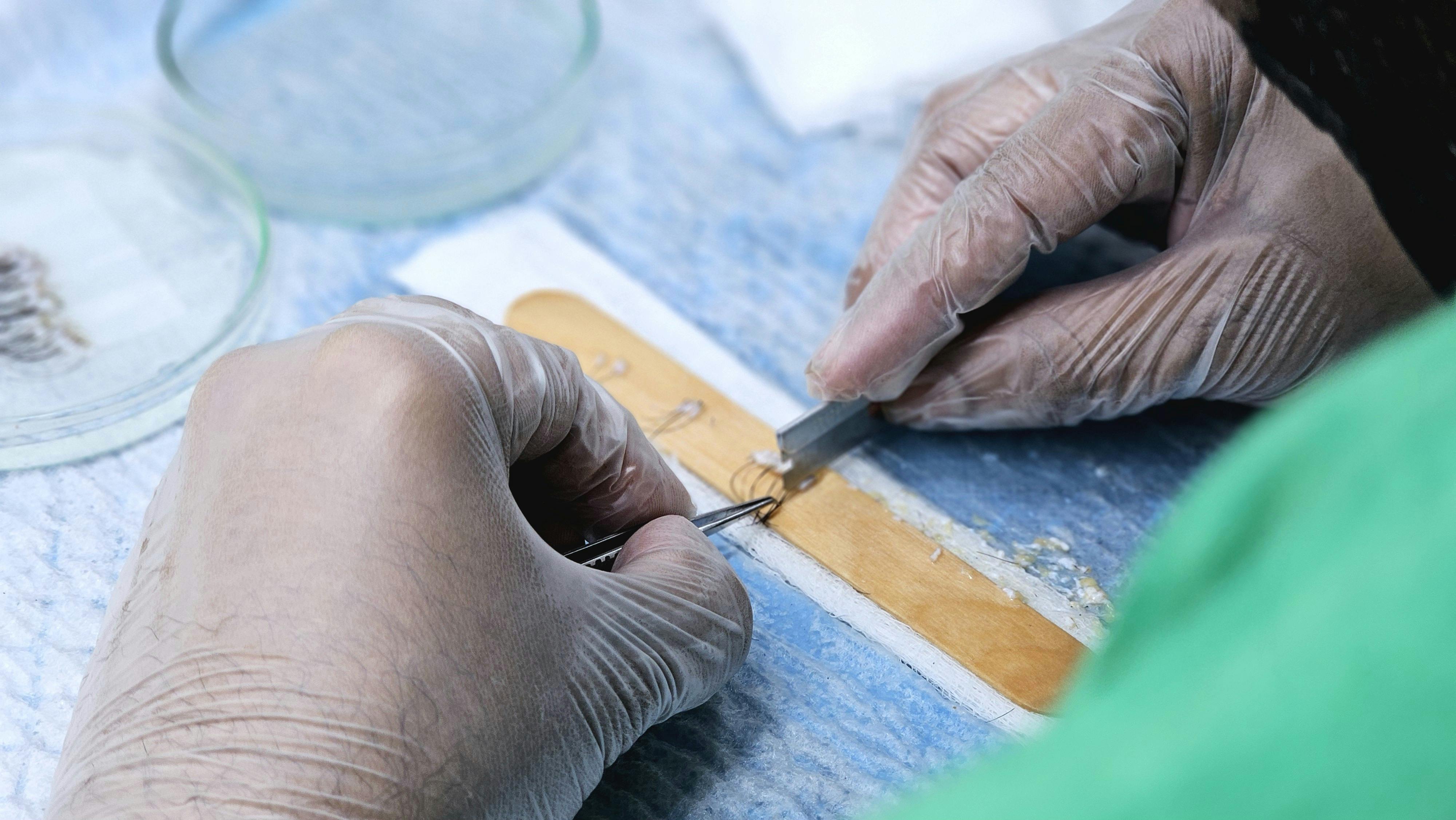Demystifying Hair Transplants: From Historical Roots to Contemporary Practices
Hair transplant surgery, though considered a relatively modern practice, has deeper historical roots than many might anticipate. The procedure first emerged in the 19th century, with men's desire to remedy baldness driving the initial innovations. Japanese dermatologist Dr. Okuda is credited for pioneering the first effective hair transplant technique in the 1930s, although his work remained largely unknown until after World War II.

Subsequent advancements in the mid-20th century, particularly by New York dermatologist Dr. Norman Orentreich, established hair transplantation as a viable solution for male pattern baldness. The technique, however, was initially met with skepticism in the medical community. Over time, as these innovative procedures continued to evolve and improve, hair transplant surgery gradually gained broader acceptance.
The Modern Procedure: An Overview of the Hair Transplant Process
Today, the procedure involves the removal of hair follicles from a part of the body, typically the back or sides of the scalp (referred to as the ‘donor area’), and transplanting them to balding or thinning sections (the ‘recipient area’). Two main techniques dominate contemporary hair transplants: Follicular Unit Transplantation (FUT) and Follicular Unit Extraction (FUE).
FUT involves removing a strip of scalp from the donor area, dissecting it into individual follicular units, and implanting these units into the recipient area. Conversely, FUE entails extracting individual hair follicles from the donor area and directly implanting them into the recipient area. The choice between these techniques largely depends on the patient’s preferences, hair loss severity, and the surgeon’s expertise.
The Rise of Hair Transplants: Trends and Reception
Hair transplant procedures have seen a significant surge in popularity over the past couple of decades due to several factors. Firstly, societal attitudes towards cosmetic procedures have evolved, with more people willing to invest in treatments that improve their appearance and self-confidence. Secondly, advancements in technology and surgical techniques have made hair transplants safer, more effective, and less invasive.
The rising trend of celebrity hair transplants has also played a role in popularizing the procedure. High-profile figures, including sports personalities and Hollywood actors, have openly shared their hair transplant journeys, normalizing the process and making it more accessible. However, it’s crucial to remember that every individual’s experience is unique, and what works for one person may not work for another.
The Impact of Hair Transplants: Personal and Societal Implications
Hair transplants can have profound impacts on an individual’s self-esteem and overall quality of life. Hair loss can be a distressing experience for many, often leading to diminished confidence and even social withdrawal. By restoring hair growth, transplants can help alleviate these concerns and improve an individual’s self-perception and social interactions.
At a societal level, the increasing popularity of hair transplants reflects broader shifts in attitudes towards beauty and self-improvement. They symbolize an era where personal transformation is not just possible but encouraged, fostering a culture of self-empowerment and body positivity.
A Deeper Look: Unpacking the Misconceptions and Realities of Hair Transplants
Despite growing acceptance, misconceptions about hair transplants persist. Some people erroneously believe that the procedure guarantees a full head of hair or that the results are immediate. In reality, transplanted hair typically falls out within a few weeks of the procedure, and new growth takes several months to emerge.
Moreover, not everyone is an ideal candidate for a hair transplant. Factors such as age, hair type, the extent of hair loss, and overall health can significantly influence the procedure’s success and patient satisfaction. Therefore, it’s essential to have a comprehensive consultation with a qualified surgeon who can assess your suitability and set realistic expectations.
In conclusion, hair transplants have come a long way from their early beginnings. As their popularity continues to rise, it’s crucial to understand the procedure’s history, process, impact, and the truths behind common misconceptions. By doing so, individuals can make informed decisions about their hair restoration journey, ensuring the best possible outcomes for their unique needs and circumstances.





